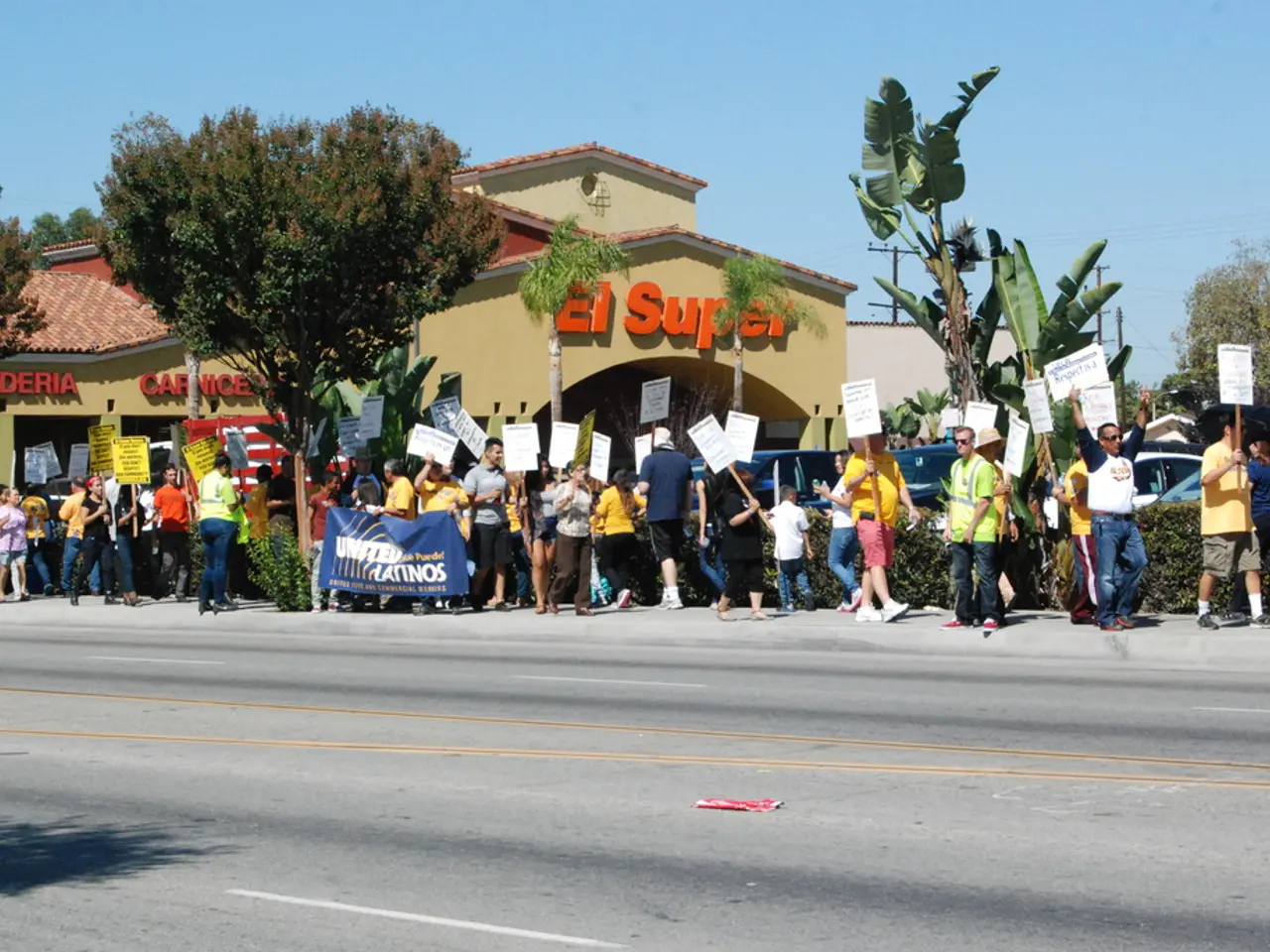Transformation of Election Campaigns through Big Data Analytics: Politics Redefined by Data-Driven Strategies
Big data is reshaping the landscape of politics, transforming election campaigns and governance alike. By allowing for detailed insights into voter behavior and preferences, it empowers political campaigns to tailor their messages and strategies to specific segments of the electorate.
Understanding Voter Behavior
Political campaigns employ sophisticated data analysis tools to gather insights on voter demographics, preferences, and trends. This enables them to tailor messages that resonate with voters on a local and national level.
Advanced Audience Segmentation
Beyond simple demographics, effective audience segmentation includes geographic, psychographic, and behavioral factors. This deeper understanding allows for hyper-targeted communications that address specific voter concerns, improving engagement and trust.
AI Integration for Analytics and Optimization
Artificial Intelligence (AI) techniques provide real-time analysis of voter interactions, forecast election outcomes, optimize resource distribution, and personalize voter communications. This agility helps campaigns quickly adapt to shifting dynamics and maintain competitive advantages.
Transparency and Compliance in Digital Campaign Finance
With campaigns pivoting towards digital platforms, transparency and compliance have become crucial. Frameworks now emphasize clear disclosure of political ads’ sponsors, spending, and targeting criteria. Oversight bodies require real-time monitoring tools and cooperation from third parties to maintain accountability and public trust.
Community-Centric, Iterative Campaign Planning
Effective campaigns co-produce strategies with community input, continuously learning and adapting. This involves mapping stakeholders, crafting inclusive messaging, mobilizing collective power, and applying caring, inclusive approaches to maintain sustainability and credibility.
The Use of Big Data in Legislative Targeting
Big data complements voter analytics by helping prioritize legislative engagement. It identifies strategic lawmakers and assesses bill viability, aligning campaign efforts with political processes.
Predicting Election Outcomes and Improving Voter Turnout
Big data analytics can predict election outcomes and target low-propensity voters with personalized outreach strategies to improve voter turnout. However, over-reliance on big data can lead to misinterpretation, alienation of voters, and neglecting grassroots engagement.
Ethical Considerations
The future of Big Data Analytics in Elections presents unprecedented opportunities, but also raises ethical concerns about the misuse of information and the subversion of democracy. Data-driven elections are becoming more common, but they also raise questions about accountability, data privacy, and the representation of the electorate.
Tools for Big Data Analytics
Big data analytics tools include AI algorithms, predictive modeling software, CRM systems, and data visualization platforms. These tools help campaigns track their outreach's effectiveness and make necessary adjustments.
In practice, implementing these strategies involves investing in advanced data infrastructure, training teams in analytic and AI tools, establishing rigorous compliance workflows aligned with evolving digital regulations, and fostering ongoing community partnerships for feedback and iterative improvement. This multi-level, transparent, and adaptive approach maximizes campaign impact in the digital age.
[1] https://www.forbes.com/sites/forbesagencycouncil/2018/08/06/how-political-campaigns-use-big-data-to-win-elections/?sh=758026a26808
[2] https://www.nytimes.com/2016/10/23/us/politics/how-the-obama-campaign-used-data-to-win.html
[3] https://www.brookings.edu/research/the-digital-transformation-of-political-campaigns-and-the-future-of-campaign-finance-disclosure/
[4] https://www.wired.com/2016/09/how-big-data-is-transforming-politics/
[5] https://www.theatlantic.com/politics/archive/2018/07/how-the-democrats-plan-to-win-the-2018-midterms/565256/
- Political campaigns use advanced data analysis tools to gather insights on voter demographics, preferences, and trends, enabling them to tailor messages that resonate with voters on a local and national level.
- Beyond simple demographics, effective audience segmentation includes geographic, psychographic, and behavioral factors, allowing for hyper-targeted communications that address specific voter concerns, improving engagement and trust.
- Artificial Intelligence (AI) techniques provide real-time analysis of voter interactions, forecast election outcomes, optimize resource distribution, and personalize voter communications, enhancing a campaign's adaptability to shifting dynamics.
- With campaigns moving towards digital platforms, transparency and compliance have become crucial, requiring clear disclosure of political ads’ sponsors, spending, and targeting criteria, as well as real-time monitoring tools and cooperation from third parties.
- Effective campaigns co-produce strategies with community input, continuously learning and adapting by mapping stakeholders, crafting inclusive messaging, mobilizing collective power, and applying caring, inclusive approaches to maintain sustainability and credibility.
- Big data analytics can predict election outcomes and target low-propensity voters with personalized outreach strategies to improve voter turnout, but over-reliance on big data can lead to misinterpretation, alienation of voters, and neglecting grassroots engagement.





